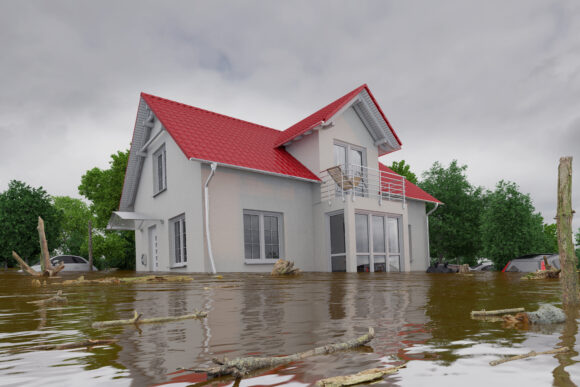Like a growing number of communities across the country, the west Tennessee town of Waverly faces a difficult dilemma: Whether to rebuild hundreds of homes that were recently flooded — or move to higher ground.
“I fully realize that we’re talking about people’s lives, their homes — and some of them may be multigenerational,” said Janey Smith Camp, an engineering professor at Vanderbilt University in nearby Nashville. “It’s a tough thing to swallow. But there’s a point that we need to start saying, `It’s not safe to live here anymore.”’
Waverly was flooded Aug. 21, after more than 17 inches of rain fell upstream, turning normally placid Trace Creek into a raging river. More than 500 homes and 50 businesses were damaged and 20 people were killed, according to a report by the Associated Press.
“Sitting here in the car and just watching it, how fast it was coming this way — it’d blow your mind,” 79-year-old resident Jim Traylor said. “It’s unreal. You can’t imagine.”
Traylor and others said the creek had not flooded that badly in more than 100 years. Most homeowners were not in a recognized flood plain and did not have flood insurance.
But with climate change that’s bringing more rain to some parts of the country, stronger and more frequent storms in the East, and drought and wildfires in the West, more towns, cities and homeowners are facing excruciating choices.
Building back in the same spots may only invite disaster again, officials said. But moving homes or rebuilding outside the city would be expensive and would deprive Waverly of much of its tax base – at a time the town needs funds to clear debris and mitigate future flooding.
A Florida county this month faced similar issues after heavy rains, not a hurricane, flooded homes. Without flood insurance for many homes, county officials in Citrus County, near Tampa, were left with few options other than declaring a local state of emergency. That will help qualify some residents for low-interest loans from the U.S. Small Business Administration, to be used for basic repairs.
For longtime homeowners in newly vulnerable areas, the choices are painful.
“I’m nearly 70 years old, and I’m looking at starting over like a 20-year-old,” Waverly resident Jack Buchanan said.
Topics Flood
Was this article valuable?
Here are more articles you may enjoy.



 Louvre Tightens Security After $102M Jewel Heist, Installs Bars on Infamous Window
Louvre Tightens Security After $102M Jewel Heist, Installs Bars on Infamous Window  Top National Insurance Journal Stories of 2025
Top National Insurance Journal Stories of 2025  Senators Launch Probe Into Demotech’s Ratings in Florida
Senators Launch Probe Into Demotech’s Ratings in Florida  Longtime Motel 6 Spokesman Tom Bodett Settles Lawsuit Against Chain
Longtime Motel 6 Spokesman Tom Bodett Settles Lawsuit Against Chain 

